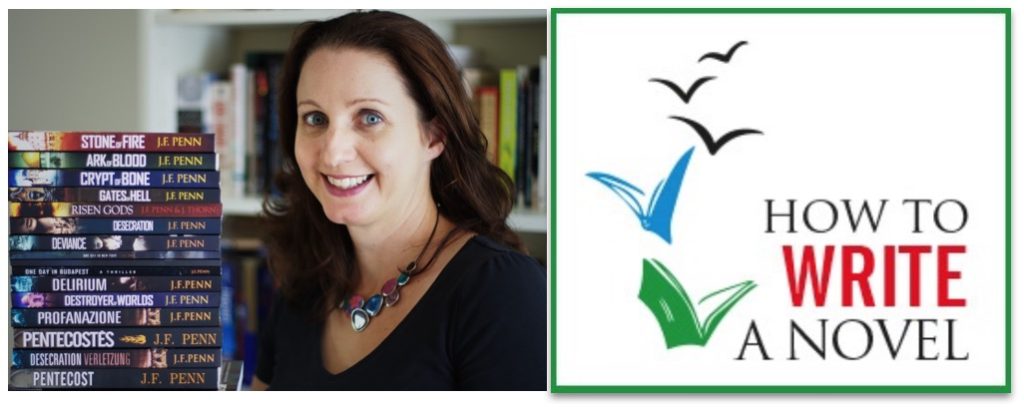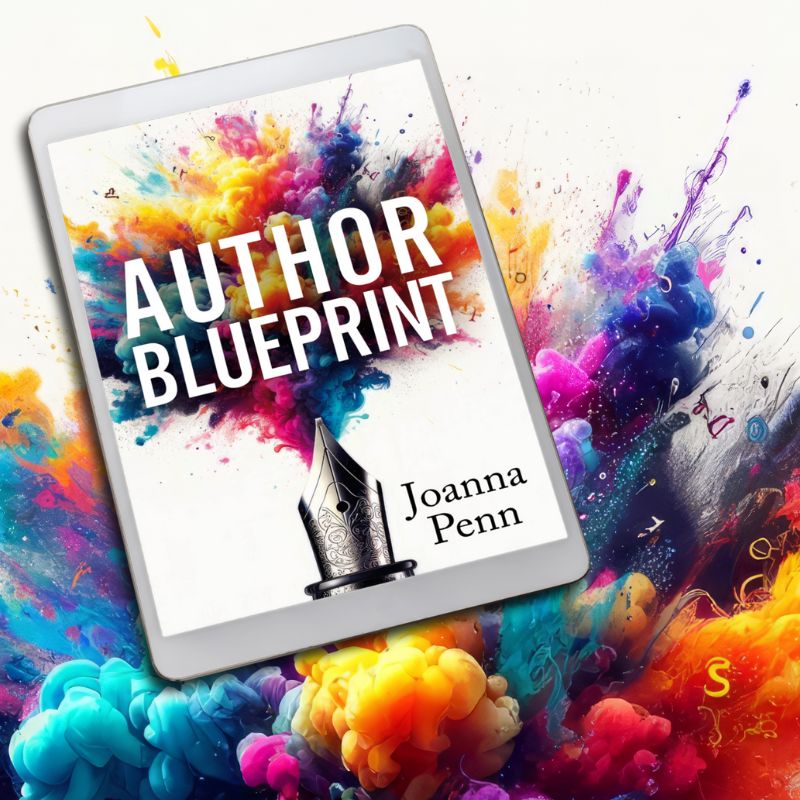Is it your dream to write a novel? Are you unclear on the process?
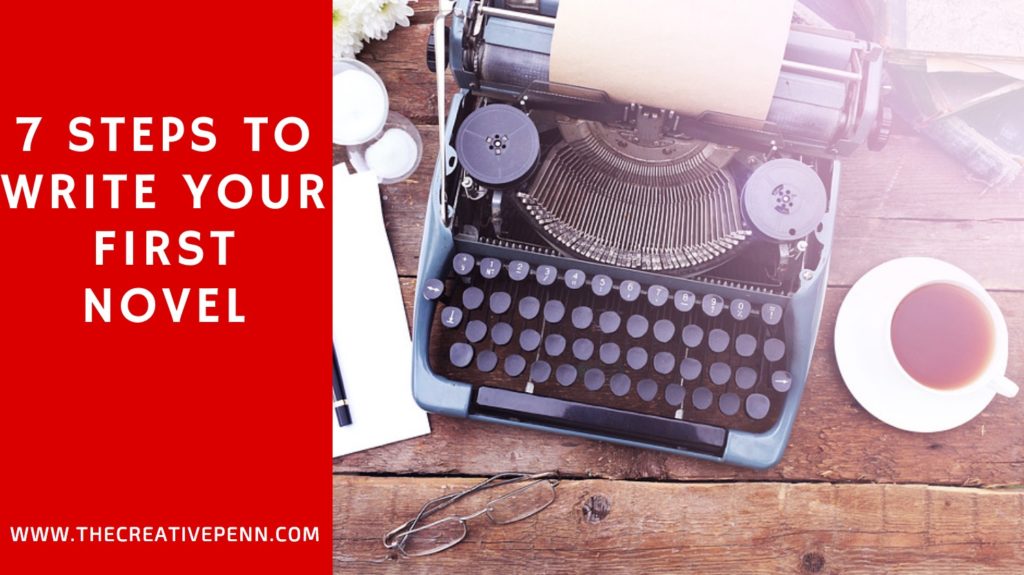
Don’t worry. I know how you feel!
When I started out writing fiction, I was just as overwhelmed as you might be right now. But after 12 bestselling novels, I’ve nailed down my process, so I hope this overview helps you on your way to finishing your novel.
The writing craft is like an iceberg, with hidden depths that you can spend the whole of your life exploring. When you’re writing your first novel, it can be overwhelming to try and learn everything at once.
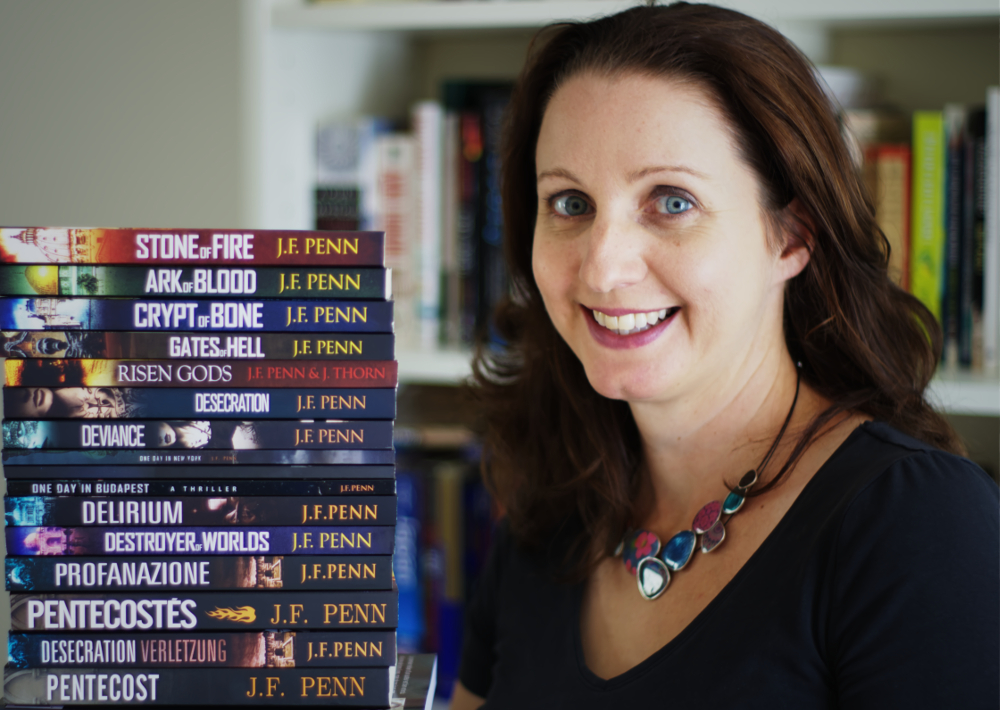
But you only have to know about the small section of the iceberg above the water to get that first book written! Here are the basics.
[If you want to get started right now, check out my course: How to Write a Novel: From First Draft to Finished Manuscript.]
You can watch the video below or here on YouTube, or read the article underneath. The video is a replay of a live webinar I did on the 7 steps as covered below.
(1) Understand what you’re writing and why
Before you put pen to paper or fingers to keyboard, it’s worth stopping for a moment to think clearly about what you’re doing. Firstly about yourself, and then about the reader.
Why do you want to write a novel anyway? What is your definition of success? Do you just want to hold your book in your hands, do you have a burning desire to change people’s lives with your words, or do you want to make an income from your writing? The answers to these questions will shape what you write, how you publish and whether you’re happy with the result.
 Consider your potential readers.
Consider your potential readers.
This book will not be a journal for your eyes only. At some point, a reader (hopefully lots of them!) will pick up your book. Who are they? Which other books and authors do they love? Where do they find your book on the bookstore shelves?
These are important questions because, however you want to publish later on, you need to understand where your book fits in the eco-system. If you get an idea of this now, it will help you shape your story as you move forward.
Of course, none of us like to think about putting ourselves in boxes, and we all want to be original. So here’s the best way to work this out, since after all, writers are usually voracious readers!
What are the 5-10 (bestselling or award-winning) books that are similar to the story you want to write?
Which authors write the books that you love and are similar to your future book? Make sure that you use authors who are currently publishing in today’s market rather than classic literary works.
Write down your list and then go and check them out on Amazon. Scroll down to the Product Details section and find the Amazon Bestseller Rank, which includes the sub-categories where the book is ‘shelved,’ sometimes described as the book’s genre.
If you know where your book sits from the outset, you know what you’re aiming for. You can write what you love, but you can also write something that will find an audience.
 (2) Fill your creative well
(2) Fill your creative well
“Where do you get your story ideas from?”
This is one of the most common questions for authors and one I used to struggle with. I spent thirteen years working in large corporates implementing financial systems, possibly one of the least creative jobs possible! I felt like I would never have any ideas or original thoughts. I needed to retrain myself to recognize ideas because you can’t write a book without them.
Follow your curiosity.
When you walk into a bookstore, which sections do you browse? When you stroll past a magazine rack or a parade of shops, what draws your eye? If you overhear a conversation, what do you notice about the people? When you decide what to watch on TV/film, what do you choose? What interests you?
When you go to a new city, where do you want to go first? What do you want to see? Do you like architecture, museums or historical places? Do you want to eat the local food or go dancing or to cultural performances? Do you want to talk to the local people?
These instincts are often things we take for granted, but becoming aware of your curiosity is the first step to finding ideas. Once you begin to notice what you’re interested in, then you can take the next step.
Write down the sparks that appear.

These don’t have to be fully-formed ideas. They can be anything from quotes to sensations, to places or things that you see. I use Moleskine notebooks (always plain paper!) and also the Things app on my iPhone, as well as taking pictures which I post on Pinterest and Flickr when I travel.
These ‘sparks’ can become part of stories over time. For example, when I visited the Hunterian Museum in London a few years ago, I wrote down the sensation I felt when I looked at the medical specimens in jars.
That location and those specimens became the basis of Desecration, my first crime thriller, a murder mystery with an anatomical theme. One of the characters, Blake Daniel, came to me fully formed after I visited the British Museum and wondered what it would be like to work there.
Trust that other people find the same things interesting.
Whatever you’re into, there are people online who love those things too. Your ideal reader doesn’t have to be in your town. They might even be on the other side of the world!
I always thought I was a bit weird because I enjoy visiting graveyards. I find them beautiful, peaceful places and I bring this awareness of death into my fiction. It turns out that a lot of other people enjoy graveyards too, and when I started sharing pictures and writing about them, I found a whole new community!
Once you’ve tuned into your curiosity and started writing down your ideas, you’ll find that they coalesce into potential stories over time.
 (3) Write a story, not just a pile of words
(3) Write a story, not just a pile of words
A professional editor recently told me about the biggest problem he finds with manuscripts from first-time authors. “They give me a load of typing, instead of a story.”
And prize-winning literary writer Flannery O’Connor said, “Most people know what a story is until they sit down to write one.”
So even if you have read thousands of books, it’s still hard work to write a story that readers love.
Too many writers try to start a novel by writing words on the page with no direction and soon run out of steam, wondering what’s wrong. This is where you need to understand the basics of story structure but don’t worry, it doesn’t have to be complicated.
Consider what you love about your favorite books as a reader.

For example, I write supernatural thrillers and my ARKANE series has been described as ‘Dan Brown meets Lara Croft.’ Readers of my books also like Steve Berry, James Rollins, Clive Cussler and James Patterson, authors of fast-paced adventure thrillers, many with an edge of the supernatural.
This type of story usually has a single protagonist who has to save the world before the bad guys destroy everything. There’s a ticking clock which keeps the plot moving, and puzzles to solve, as well as global locations and a final confrontation between good and evil. This fits with the expectations of readers who like supernatural thrillers.
Another great example is the romance genre, where the readers are some of the most voracious and demanding in the publishing business. If you want to satisfy romance readers, then you need to deliver the HEA, the Happily Ever After, as well as obligatory scenes like the first kiss.
Use classic story structure to expand on your ideas.
The Three Act Structure goes all the way back to Aristotle’s Poetics, and the best-loved stories follow this tried and true path. Structure and boundaries help you to be more creative, and you’ll find it easier to come up with the various aspects of your story if you follow it. Here’s an overview.
As an example, consider The Hunger Games. The book opens in the ordinary world of Panem, where Katniss is hunting for food for her family in a district oppressed by a central government. Then Prim is chosen for the Reaping, which is the Inciting Incident as Katniss has to make a choice that then propels her into the story. Act Two of the book is the preparation for the Games and the obstacles of the arena itself, where Katniss has to fight to survive. She faces death rather than leave Peta behind and in the Climax, defeats President Snow and wins the Games, returning to the real world of the district at the end, forever changed.
This same story structure is used for many bestselling books and films, so it’s definitely worth using to help you finish your first book. After all, if it ain’t broke …
 (4) Write a character that people want to spend time with
(4) Write a character that people want to spend time with
If you want readers to want to spend their precious time on your book, then you have to write a character that keeps them engaged. This doesn’t mean that you need a goody-goody-two shoes perfect person, but you do want to write a compelling, authentic protagonist that hooks the reader, so they are desperate to know what happens next in the character’s world.
Use one main character.
The multiple character arcs of Game of Thrones might make for compelling reading/watching, but it’s much easier to start writing by focusing on one central protagonist.
Consider Katniss Everdeen in The Hunger Games, or Anastasia Steele in 50 Shades of Grey, or Harry Potter. There are other people in the worlds of those books, but the main characters are the ones that we care about most and follow through the books (and also why these became huge films as well as multi-million selling books).
Your character will also shape the Point of View you write from, and this is critical because every story is different from a different perspective. The bad guy never thinks they are the bad guy, after all. S/he is the hero of their story (think Despicable Me!).
Focus on these questions.
- What does your character want and why? What/who stops them?
- How do they overcome the obstacles along the way?
- How are they changed as a result of the journey?
Go back to the books you love the most and you are likely to find that these are the core aspects of those stories.

(5) What happens, why and where?
Once you have a character, and you’ve considered what they want and why, you can start fleshing out the details of what or who stops them from getting it. You can also think about where this will happen, otherwise known as the setting. You can’t just have characters talking to each other in an empty white room. There needs to be action that takes place somewhere specific.
Use setting to bring conflict to your plot.
Game of Thrones is a great example of this. Take Jon Snow at the Wall in the North. The wall keeps out the Wildlings, who fight the Knights’ Watch; then it becomes the site of a huge battle and then becomes the only thing stopping the White Walkers. The ice and snow bring a dark, cold tone to the experiences of the characters and makes life much harder than those who live in the golden city of Kings Landing in the sunnier south.
The Hunger Games also uses setting to derive plot, with much of the first book taking place in the games arena where Katniss must survive the deadly traps set for the Tributes.
It doesn’t have to be all death and destruction, though! In Gone Girl, Nick must find his missing wife Amy, and figure out the psychological games she has been playing as he falls into the domestic traps she has set.
Remember that plot and setting is experienced by the character and the closer you get to the emotions of the protagonist, the more your readers will resonate with the story.
(6) Get words on the page for your first draft
When you read a book that makes you think, ‘I could never write something like this,’ stop for a minute. Because that is NOT what the author wrote the first time they put pen to paper. The reality is that everyone starts with a first draft, and most authors would never show that draft to anyone.
We’ll come onto editing in the next section, but first, you need to create that first draft.
 “The first draft of anything is shit.” Ernest Hemingway
“The first draft of anything is shit.” Ernest Hemingway
Once you understand that you will rewrite your work later, especially when you’re first starting out, then you can let go of any sense of judgment over what you write.
In my experience, the amazing ideas I have in my head turn out to be a mess on the page. Finding the right words is difficult. And how the hell did my character even get into this dilemma in the first place?!
But you can’t edit a blank page, so just try to get as much down as possible. Don’t obsess over your word choice or how cliché your characters are, just get black on white and work it out later. I try not to re-read my words until I’m ready for the second draft.
Schedule your writing time
Do you schedule your gym classes? Your children’s school events? Your meetings at work? Your social life? So why don’t you schedule your writing time if it is that important to you?
I use Google calendar and schedule my writing time in blocks. When I worked a full-time day job, I would get up at 5 am and write before work, because I knew I’d be brain-dead when I got home. Now I tend to go to a cafe or a co-working space and pound away at the keyboard while plugged into Rain and Thunderstorms on my noise-cancelling headphones. Anything to quiet that critical voice!
 Use focused, timed writing
Use focused, timed writing
Once you are in your specific place at the specific scheduled time, then you need to focus. No Facebook, no email, no social media, no texting.
You are there to write.
Set a timer and start small, since writing takes stamina and you have to build it up over time. Try ten minutes of typing and just write down what your character is doing in a particular place. Allow yourself to write a load of crap without censoring and I guarantee you that there will some something there worth saving!
Take a quick break and then do another ten minutes. Repeat this until you have your first draft. It really is that simple (but not easy,) and you get the bug, this will turn out to be immensely satisfying and addictive!
Bonus tip: You can write by hand on paper, or use MS Word, but many writers now use Scrivener software which helps you organize and write your novel. I have personally found it life-changing!
(7) “Writing is rewriting.”
So said Michael Crichton, author of Jurassic Park and many other incredible bestselling books. This is particularly true when you first start writing fiction because there is a huge gap between the books that you love and the pitiful first draft you have created. But that’s okay because you can now edit the manuscript into some much better!
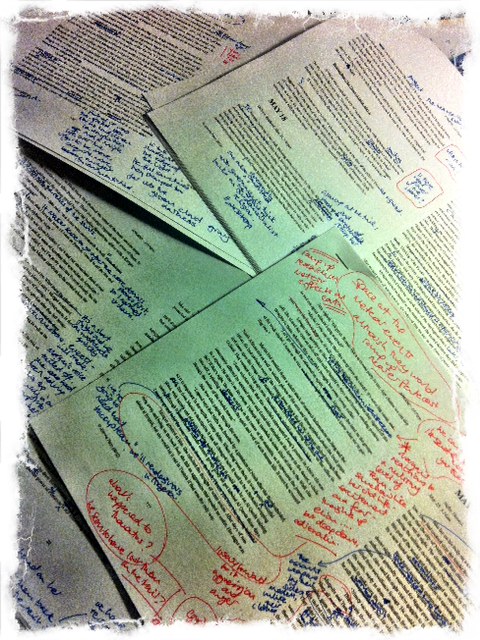
Start with self-editing
I like to print out my entire draft and then edit by hand.
I end up with pages of scribbled notes, arrows, lines and extra scenes, strike-through marks across whole pages, as well as grammar and typos fixes. Then I put all those changes back into my Scrivener document, remembering to back up my files along the way, of course! That first edit is usually my most significant one, and then I will print it out and go through it once more before working with a professional editor.
Use professional editors
The best way to improve your writing is to work with an editor on your manuscript. If you want an agent, then improving your manuscript before submission is a good idea. If you’re self-publishing, then this step will make your book more likely to please readers.
Click here for my list of recommended professional editors.
There are different types of edits. A story edit, or content edit, is a great way to check whether your structure is working, whether your characters are engaging or whether your plot has massive holes. You’ll be given a report with details on how to improve the book.
Too many writers think editing is about fixing typos, but that is the least important thing at this stage. Readers will forgive terrible writing if your story is amazing. After all, 50 Shades of Grey sold 100 million copies! Getting a story edit is often the best way to improve your work and well worth investing in. Then you can do your rewrites based on the suggested changes.
The next stage is a line edit or copy edit, the classic ‘red pen’ approach when an editor pulls apart your whole manuscript, and you make the changes that will improve the book further.
After you’ve done more rewrites, the book will need proofreading which is the last stage of checking for typos, grammatical errors and anything else that may impact the finished product.
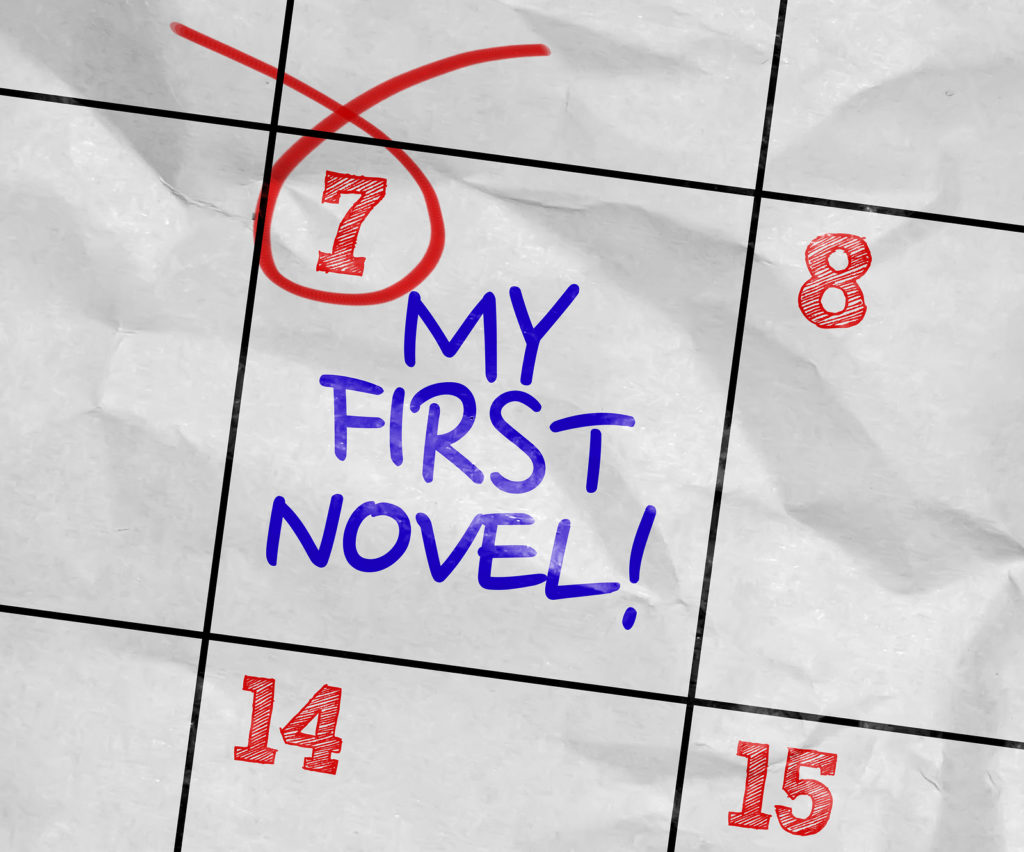
Congratulations, you can now hold your novel in your hand and say, “It’s (finally) finished!”
This article has been a whistle-stop tour through the process, but I want to reassure you again that it is possible.
You can finish your novel.
I know because I’m writing my thirteenth at the moment. It’s hard work, but it’s worth it! So I wish you all the best with your book.
What are you waiting for? Go write!
 Do you need more help?
Do you need more help?
If you want to get started on your novel right now, and get into these topics in more detail, then check out my multimedia course: How to Write a Novel: From First Draft to Finished Manuscript.
Check out The Creative Penn podcast for your weekly information and inspiration on writing, publishing, book marketing and creative entrepreneurship.
If you have any questions, tweet me @thecreativepenn
 Consider your potential readers.
Consider your potential readers. (2) Fill your creative well
(2) Fill your creative well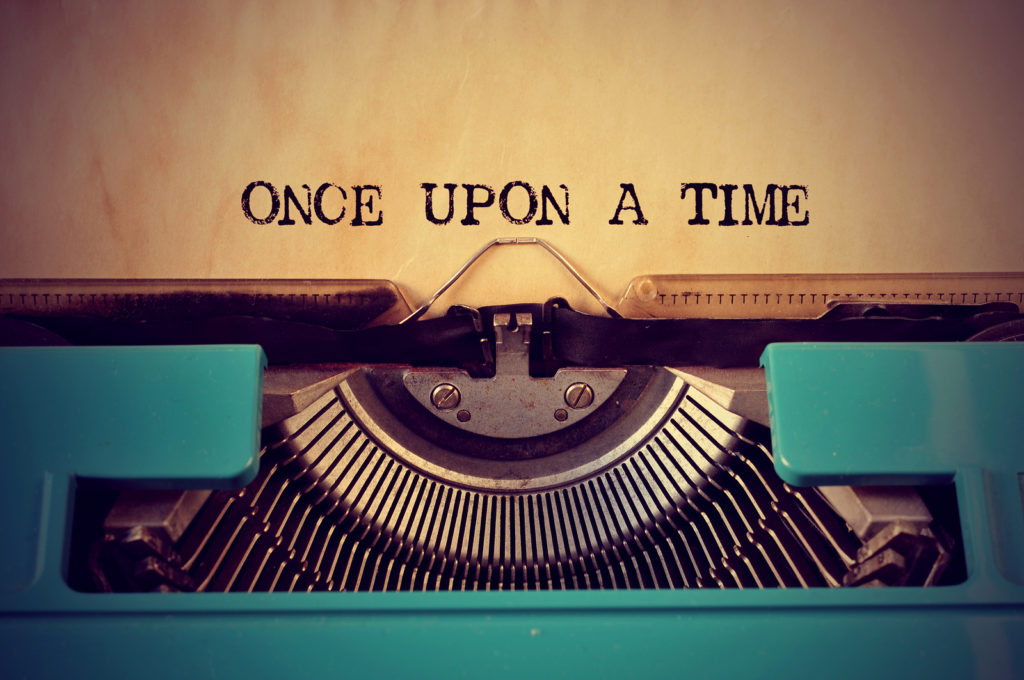 (3) Write a story, not just a pile of words
(3) Write a story, not just a pile of words 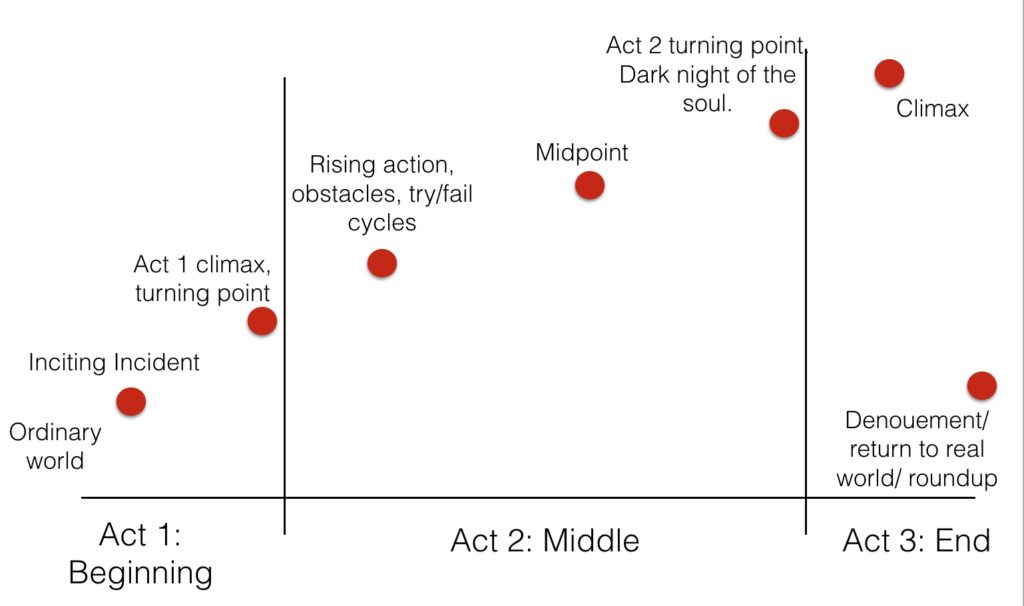
 (4) Write a character that people want to spend time with
(4) Write a character that people want to spend time with 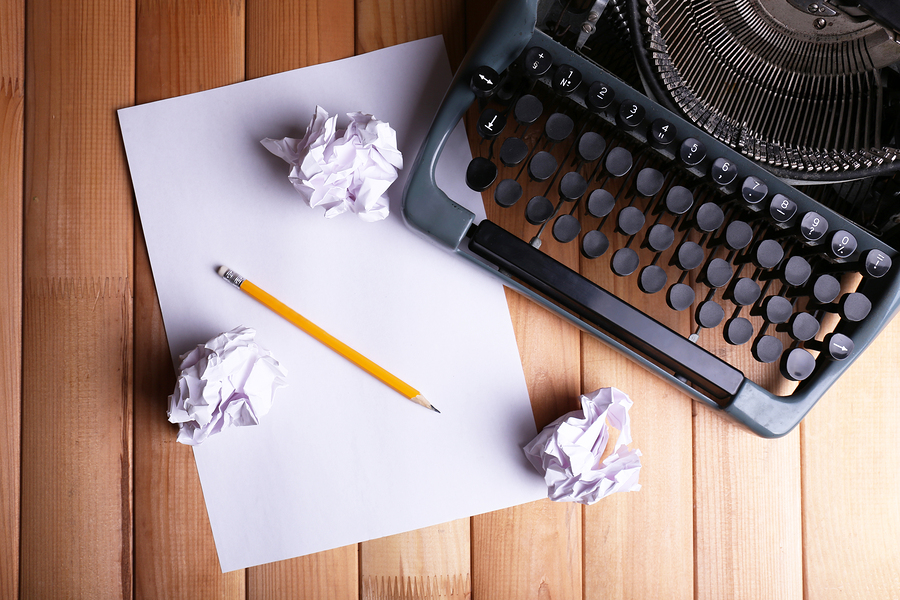 “The first draft of anything is shit.” Ernest Hemingway
“The first draft of anything is shit.” Ernest Hemingway Use focused, timed writing
Use focused, timed writing